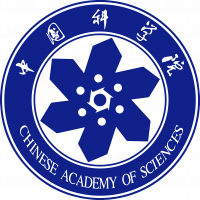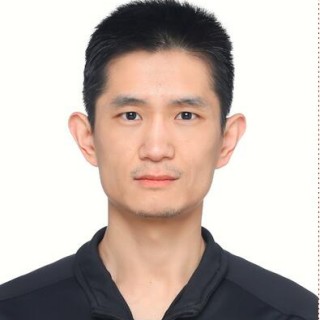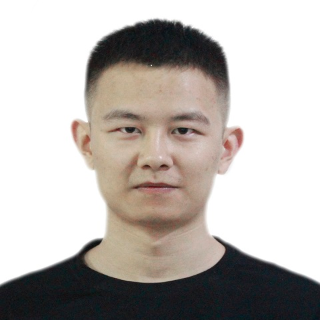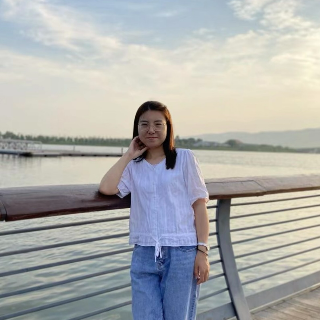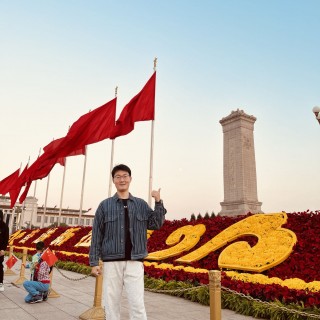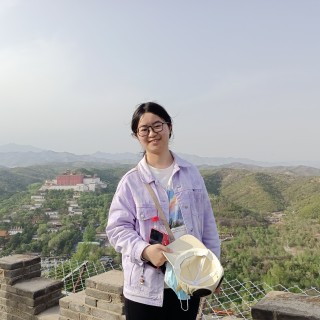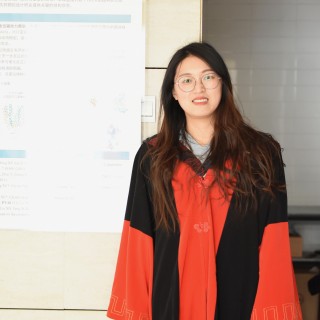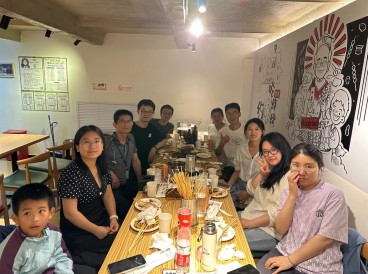北京时间2021年9月13日晚23时,中国科学院物理研究所软物质实验室姜道华研究员与美国华盛顿大学William A. Catterall教授、郑宁教授合作在顶级杂志《细胞》(Cell)在线发表研究论文——《心脏中钠离子通道的开放态结构和门控机制》(Open State Structure and Pore Gating Mechanism of the Cardiac Sodium Channel)。
该研究通过巧妙的设计将钠通道定格在开放状态,并解析了钠通道突变体NaV1.5/QQQ处于开放状态的冷冻电镜结构,揭示了抗心律不齐药物普罗帕酮(Propafenone)与开放状态钠通道的结合位点。结合分子动力学模拟和膜片钳电生理等手段,从原子水平上阐明了钠通道开放状态、钠通道开放状态的药物阻断以及钠通道快速失活的分子机制。

并被Nature Structure & Molecular Biology news & views 专栏报道。
原文如下:
Voltage-gated sodium (NaV) channels mediate the upstroke of the action potential, which requires that they open and close (‘gate’) in response to alterations to the membrane potential within a few milliseconds. The closure of the gates almost immediately after the initial opening, in a process called ‘fast inactivation’, is particularly important to ensure directionality of the action potential and to determine the extent of cellular excitability. Although several cryo-EM structures of human NaV channels have been published so far, all of them were in the highly stable inactivated state, which prevented structural insights into the mechanisms underlying the fast gating
processes.
Writing in Cell, Jiang, Zheng, Catterall and colleagues now report the first structure of an open human NaV(https://doi.org/10.1016/j.cell.2021.08.021), the cardiac channel NaV1.5 that initiates the heartbeat. To obtain channels in the open state, they use a mutant in which the conserved triple-hydrophobic Ile-Phe-Met (IFM) inactivation motif in the intracellular loop that connects domains III and IV is changed to three glutamine residues (QQQ). This alteration is known to completely abolish inactivation, but a steady influx of Na+ is toxic to cells that express the mutant. To overcome this and to purify large amounts of the channel protein, the authors use the antiarrhythmic drug propafenone to block NaV1.5-QQQ while it is being expressed. Subsequent cryo-EM analysis of the sample results in a map resolved to 3.3 Å. The overall structure is very similar to a previously published structure of inactivated NaV1.5, with major conformational changes restricted to the activation gate, the fast-inactivation gate, and the inactivation motif receptor.
Most notably, the hydrophobic pocket,which is occupied by the IFM motif in inactivated NaV structures, is empty in NaV1.5-QQQ, with no detectable cryo-EM density for the region around the QQQ residues, which indicates that these adopt a flexible conformation within the cytoplasm. The displacement of the fast-inactivation motif from its receptor is probably caused by an observed compression of the binding pocket by ~2 Å due to pronounced movements of the S6 segments of domains III and IV. This rearrangement is coupled to dilation of the activation gate (AG), a structure at the intracellular opening of the channel that is connected to the selectivity filter (SF) by a central cavity (CC), to a diameter of approximately 10 Å (left and middle in image). This size is similar to what has been reported before for an open-state structure of the bacterial channel NaVAb. The dimensions of the opening should allow passage of hydrated Na+ through this gate, whose diameter is approximately 7.2 Å. By contrast, the tighter constriction formed by the central SF would require partial dehydration of Na+, ensuring ion selectivity of the channel. Through the use of molecular dynamics simulations,the authors provide evidence that Na+ is able to permeate the putative open state at rates similar to those observed in electrophysiological recordings. The open AG is also wide enough to allow passage of propafenone into the CC, enabling it to reach the antiarrhythmic-drug-receptor site within the open pore, consistent with its open state–specific blocking activity (right in image). The chemistry of the binding of an antiarrhythmic drug is revealed in detail, providing new insights for structure-based drug design.
This new structure now allows mappingof arrhythmia mutations that affect the activation and fast-inactivation gates, gives unprecedented insight into the fast gating processes in NaV channels, and will inform drug design for the targeting of cardiac and other NaV channels.

全文链接:
https://doi.org/10.1016/j.cell.2021.08.021
https://doi.org/10.1038/s41594-021-00672-9


